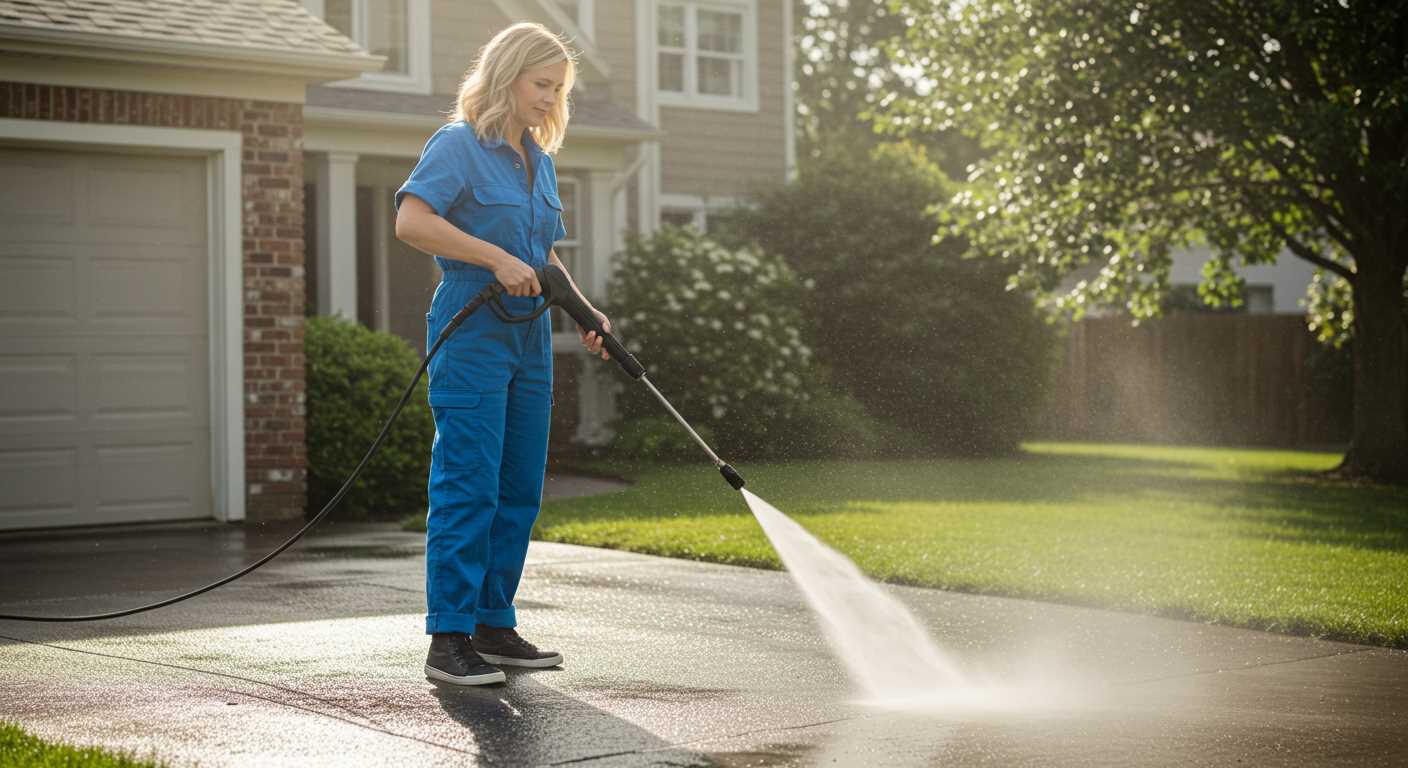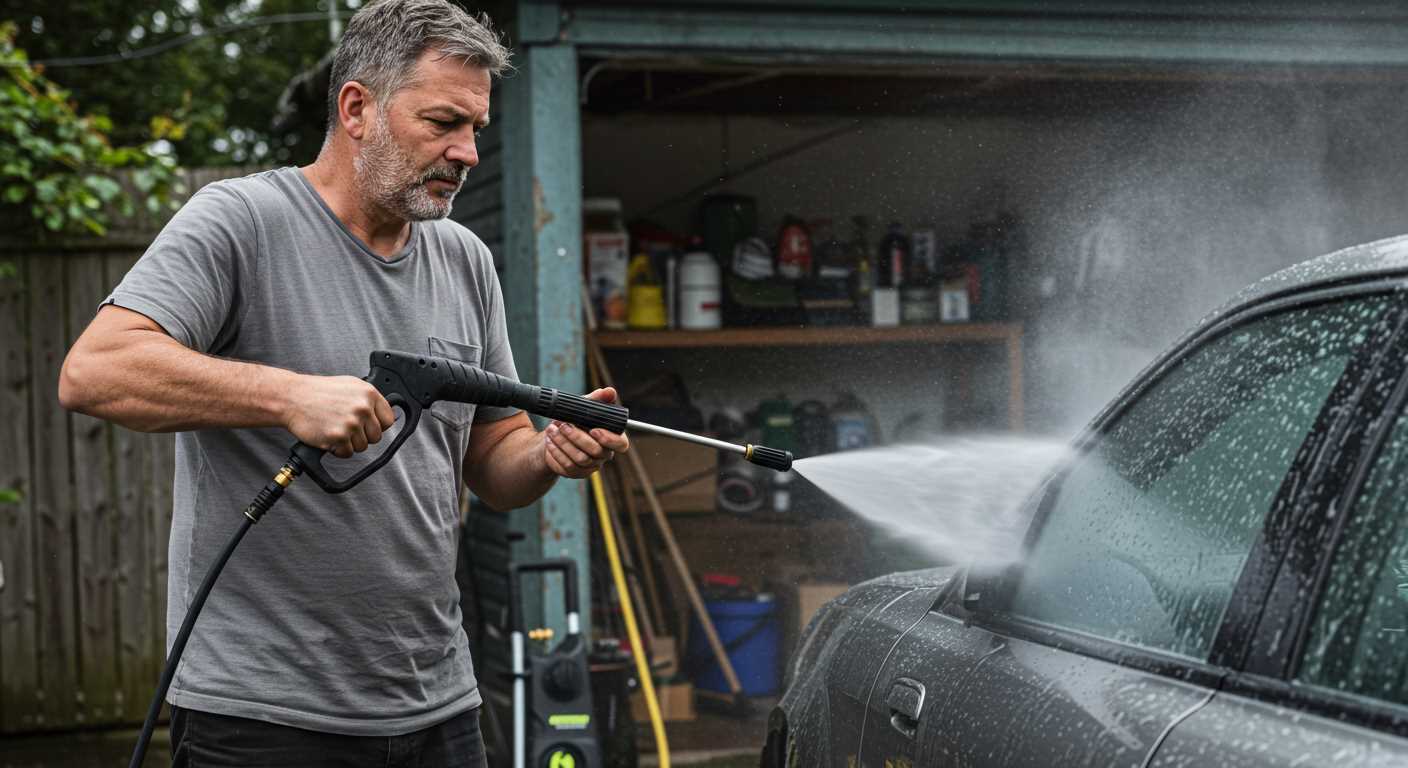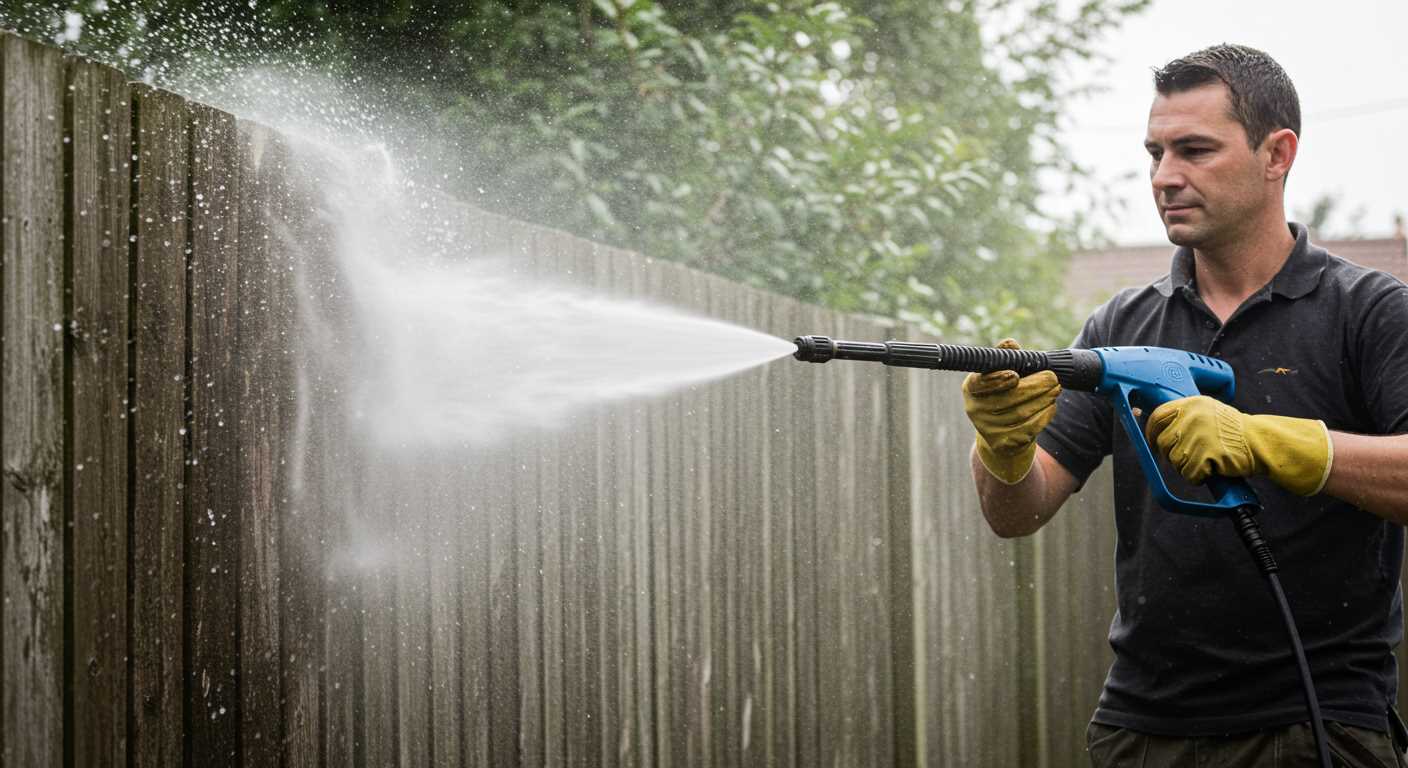



First, ensure that the device is properly connected to a water source. Check for any kinks or blockages in the hose, as these can restrict water flow and result in a weak stream. If you’re experiencing minimal output, a clogged filter is frequently to blame. Regular maintenance includes cleaning or replacing the inlet filter to maintain optimal performance.
Inspect the nozzle for obstructions or wear. A damaged or dirty nozzle can dramatically decrease the force of the spray. Switching out the nozzle for a new one or cleaning it thoroughly can often restore the expected intensity. If the nozzle appears to be clear, examine the quick-connect fittings that attach to the spray wand, as a poor seal can lead to loss of water pressure.
Additionally, verify the settings on the device. Many units come equipped with adjustable pressure settings; ensure these are configured correctly for the task at hand. If using an electric model, confirm that power levels are sufficient–an inadequate power supply can hinder operation.
Lastly, evaluate pump functionality. If the unit is making unusual noises or experiencing vibrations during use, the pump may require professional servicing. In my experience, addressing these common issues often resolves output problems quickly, restoring your device’s full capabilities.
Common Causes of Low Output

Check for blockages in the nozzle or wand. A clogged or improperly sized nozzle can significantly reduce flow and force. Remove and clean the nozzle with a pin or a soft brush. Ensure the nozzle is properly attached after cleaning.
Air Leaks

Inspect all connections and hoses for leaks. Loose fittings or damaged hoses can introduce air into the system, leading to diminished performance. Tighten connections and replace any worn or cracked hoses.
Water Supply Issues
Confirm the water source provides adequate flow and pressure. Debris in the water supply may restrict flow to the unit. Use a hose with the proper diameter to prevent limitations. Flush the supply line if necessary.
| Problem | Solution |
|---|---|
| Clogged Nozzle | Clean or replace |
| Loose Fittings | Tighten connections |
| Damaged Hoses | Replace hoses |
| Low Water Supply | Ensure adequate flow |
Regular maintenance prevents many of these problems. Winterise your equipment when not in use to avoid damage. Be vigilant with cleaning and inspection to ensure optimal performance during critical usage times.
Checking for Blockages in Hoses and Nozzles
Begin by inspecting the hoses for kinks and twists. A straightforward way to identify issues is to follow the length of each hose while looking for visible obstructions.
- Remove any debris or dirt from the outside.
- Disconnect hoses to check for internal blockages. Use a straightened wire coat hanger if necessary.
Next, examine the nozzle. A clogged nozzle is a common cause for diminished output. Detach the nozzle and look for any lodged particles.
- Soak the nozzle in hot water for 15–20 minutes to loosen stubborn debris.
- Use a soft brush or a pin to clear out any remaining blockages.
Reattach all components once cleared. Run a test to determine if functionality is restored. Observing a consistent flow indicates successful resolution.
Examining the Water Supply and Connection Issues
First, I recommend checking the water source. Ensure the tap is fully open and delivering a steady flow. I often find that a partially closed valve can significantly reduce the output needed for optimal operation.
Next, inspect the hose linking the water source to the unit. Look for kinks or damage that could restrict flow. A clear, unobstructed hose is essential for maintaining adequate water delivery. If you spot any issues, replacing the hose can make a marked difference.
Examine all connections for secure fitment. Loose or faulty connections may allow air to enter the system, disrupting the flow. Tighten all fittings carefully; a secure seal ensures that water pressure remains consistent.
Also, ensure that the inlet filter (if present) is clean. Sometimes, debris can block this filter, drastically reducing water supply. Cleaning or replacing a filthy filter often rectifies issues with inadequate output.
If you’re using a long hose or have multiple connectors, consider testing with a shorter hose. Lengthy hoses or numerous connections can lead to pressure drop-offs, so simplifying the setup can sometimes resolve the problem.
Lastly, confirm that the water supply meets minimum requirements specified by the manufacturer. Consult the manual if needed; insufficient flow from the source can impede performance, regardless of other factors.
Assessing Pump Functionality and Maintenance Needs
Inspect the pump’s inlet and outlet for any signs of wear or damage. A worn seal can lead to significant loss of water flow, while a clogged inlet can restrict it. If the seals are damaged, replace them immediately to restore optimal function.
Examine the pump oil levels. Many models require regular maintenance of the pump oil to ensure proper lubrication for internal components. Low oil levels can cause overheating and damage. If the oil appears dirty or contaminated, change it to prolong the life of the unit.
Check for any leaks around the pump body. A leak not only reduces performance but can also point to deeper issues that need addressing. Tighten any loose fittings and replace any damaged hoses or connections–this can eliminate unnecessary loss of water.
Perform a pressure test to determine the pump’s efficiency. If you notice a drop in reading compared to the manufacturer’s specifications, this indicates potential issues within the pump itself. Consider consulting a technician if you’re unsure about complex repairs or diagnostics.
Regularly clean and maintain the pump by removing debris and ensuring that all parts remain free from build-up. Scheduled maintenance can prevent issues from escalating and keep the unit operating smoothly over time.
Incorporate these steps into a routine check-up to maintain the longevity and reliability of your cleaning equipment. Consistent attention to pump health is key to achieving the best results from your cleaning tasks.
Identifying Air Leaks Within the System

Check for air leaks by examining all connection points and seals. A compromised seal can lead to significant pressure loss.
- Inspect hose fittings for cracks or damages.
- Look for worn-out O-rings or gaskets at connection points.
- Check the wand connection; ensure a snug fit and no visible wear.
Perform a simple test:
- Run the unit with water supplied, but without the nozzle attached.
- Listen for hissing sounds or air escaping.
- Notice if there are any visible bubbles coming from connections when using soapy water; this indicates a leak.
If a leak is detected, I recommend replacing faulty components immediately. Use manufacturer-specific parts for optimal compatibility and performance. Regular maintenance of seals can prevent future air leaks, ensuring consistent operation.
Testing the Pressure Control Valve Performance
To evaluate your control valve, start by disconnecting the water supply and releasing any residual water in the system. After that, inspect the valve for any visible signs of wear, damage, or blockage. A malfunctioning valve can lead to significant performance issues.
Flow Testing
Next, reconnect the water supply while keeping the nozzle detached. Turn on your device and observe the water flow. It should be steady and consistent. If the flow is erratic, the valve may be faulty. Additionally, use a pressure gauge to measure and compare the reading against the manufacturer’s specifications. A significant discrepancy indicates the need for a valve replacement or repair.
Adjusting the Valve
If the initial tests reveal no visible defects, check for any adjustment settings on the control valve. Use the owner’s manual for guidance, as improper adjustments can lead to inadequate delivery of fluid. Ensure you follow the correct procedure to optimise valve performance.
Evaluating the Power Source and Electrical Connections
Check the power supply. Ensure the outlet is functioning by testing it with another device. If the outlet is operational, inspect the extension cord for damage, and avoid using overly long or thin cords that can cause voltage drops.
Inspecting Connections
All electrical connections must be secure. Loose or corroded connections can disrupt the flow of electricity. Examine the plug and power cable for any signs of wear or fraying.
Replace any damaged components immediately to prevent hazards and maintain performance.
Voltage Requirements
Consult the user manual for the required voltage specifications. Using a device with insufficient voltage can lead to inadequate performance. If the voltage is correct and connections are sound, then the appliance could have an internal fault that requires professional inspection.
| Potential Issue | Solution |
|---|---|
| Faulty outlet | Test with another appliance |
| Damaged extension cord | Replace with a suitable cord |
| Loose or corroded connections | Tighten or clean connections |
| Incorrect voltage supply | Verify voltage requirements |
| Internal electrical fault | Seek professional assistance |
Reviewing User Manual for Troubleshooting Tips
Check the user manual for specific troubleshooting steps relevant to your model. Each brand and model may have unique features affecting performance. Look for a dedicated section addressing common issues and their solutions.
Locate the diagram that outlines the system components. This visual aid helps identify parts such as the pump, hose connections, and any filters that may require cleaning or replacement.
Examine the troubleshooting guide within the manual. It often lists symptoms and suggests diagnosis methods. Follow the recommended steps in sequence, confirming each fix before moving to the next.
Consult the maintenance schedule included in the manual. Regular upkeep, including replacing worn parts, lubricating mechanisms, and checking water inlet filters, is crucial for optimal function.
Pay attention to any error codes specified in the manual. These codes provide insight into malfunctions that may not be immediately apparent. Cross-reference these with solutions offered in the guide.
Refer to the troubleshooting flowchart, if available. This tool guides you through systematic checks to isolate the causative factors more efficiently.
Contact customer support as indicated in the manual for unresolved problems. They can offer further insight based on your specific circumstances and equipment type.










